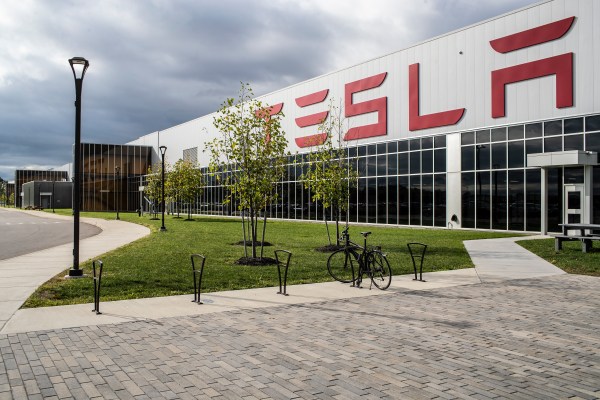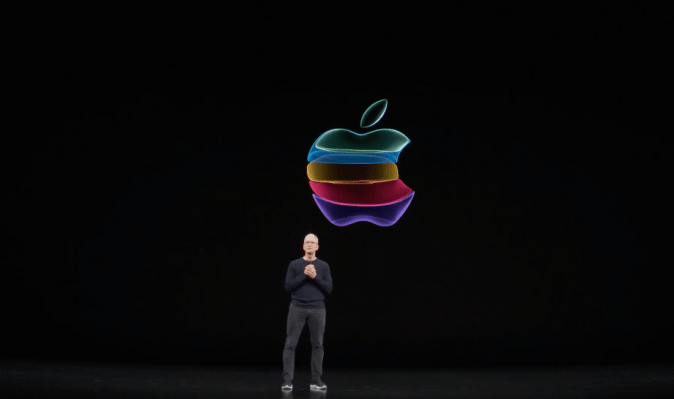Times are exceptionally hard, especially for local restaurants, which were always in a precarious business even before the COVID-19 pandemic hit. But when times are hard, people pull together, right? Or at least they don&t take advantage of the suffering and desperate to exploit and profit from them. Right?
We&d all like to think so, but itnot always true. Case in point: GrubHub, which owns Seamless. Do the math, and you&ll see they are hurting, not helping, restaurants they pretend they&re trying to support.
GrubHub recently rolled out a &Supper for Support& promotion which is, to quote New Yorker writer Helen Rosner, &strongarming client restaurants into giving customers a discount, but charging restaurants their platform commission fee on the pre-discount total.& This follows a so-called, widely reviled &relief program& which only defers fees, without reducing them — unlike Doordash/Caviar — and requires those suckered into it to remain on GrubHub for a full year.
The fees charged by all meal delivery services are already extreme: &typically, 20 to 30 percent per order,& sometimes more. They were often ruinous to restaurants even in better times. GrubHubfees can easily total more than a third of the pre-tax total, by their own calculations.
Now they are taking advantage of the desperation caused by this massive global crisis, and exploiting the natural inclination of stressed, frightened and sleepless people to reach for any lifeline, no matter how catastrophic, in the hope of keeping their lights on and their people employed. GrubHub hypocritically claims to be &supporting the restaurants you love,& while actually trying to increase their own share of the take. This is despicable.
Infuriated, I reached out to the company for comment. No actual GrubHub employee could apparently be bothered to defend their actions, but a hired PR flack wrote back saying:
Grubhub is always looking for ways to increase sales for its independent restaurant partners, especially during these critical and challenging times. The optional Supper and Support effort does exactly that. In fact, local restaurants that chose to participate in the optional initiative have, on average, seen a more than 20 percent increase in the number of orders they have received as well as overall sales. We are proud of that and will continue to try to connect them with hungry diners and grow their businesses.
This enraged me even more. The GrubHub program is &optional& for your local restaurateurs, who are hanging on for dear life, in the same way that a lifeline laced with contact poison is &optional& when offered to a drowning man. It is &optional& with the unspoken subtext that if a restaurant doesn&t opt in, other restaurants might use it to siphon business from them. It is a program that monetizes others& suffering.
Does a 20% increase in orders sound good? Don&t be fooled. Do the math. Obviously &$10 off on orders over $30& incentivizes people to keep orders small, to maximize their discount percentages. Consider 100 $40 orders from which GrubHub would normally take 30%, or $12 from each. That would leave the restaurant with $2800. Already very painful, as you can see…
…but now take those 100 orders, and apply this promotion and its vaunted &more than 20% growth.& Heck, make it 30% growth. That means 130 orders, for which customers now pay only $30. But GrubHub still takes $12 each … so the restaurant now keeps only $2340, far less than they would have made without the promotion.
It gets even worse. The smaller the order size, the crueler the math gets for the restaurants. According to GrubHub2019 results, last year it had $5.9 billion in gross food sales, and 492,300 orders per day, meaning an average order price of … $32.83. Yes, thatright: Using the average order price from GrubHubown announced results, and a 30% commission rate, even with 50% order growth — double the &more than 20%& they trumpet — restaurants participating in this program will still lose huge. I invite you to do the math yourself.
The PR flack subsequently went on to proudly note a new addendum to the program, wherein &each restaurant will receive $250 from GrubHub to enable it to give $10 off any order of $30 or more.& This is even more maddening yet. $250 is much less than 1% of average restaurant monthly revenue. Weigh that against inflating GrubHubtake to as much as 45%, on $30 orders, through this predatory &offer the customer a $10 discount, but pay our commissions as if you hadn&t& promotion. You&ll quickly see that this $250 is an empty gesture which does not affect the numbers in any meaningful way.
There is a legitimate discussion to be had, sometimes, about the merits of pricing some items higher in times of high demand due to emergencies, so that their production and availability will increase. This is in no way part of that legitimate discussion. This is pure price gouging by GrubHub, and making it optional isn&t much of a fig leaf at a time when restaurants, like so many other establishments, have literally never been so needy and desperate.
People need to eat, and people want to support their local restaurants. The best way to do so is to buy directly from them. If you use a delivery service, ~20-30% of your money goes to the service rather than the restaurant. Many restaurants are now offering their own delivery, curbside pickup, etc., for the first time.
That said, delivery services remain the best or only option for some. But if you must use one, and if you have even a shred of basic human decency, don&t support predatory gouging that manifestly hurts the people it claims to help. Instead, from now on, avoid GrubHub and Seamless like — well — the plague.





